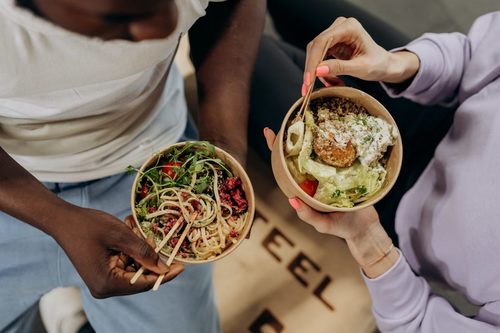Intermittent fasting is a popular dietary approach that involves alternating periods of fasting and feeding. It has been shown to have numerous health benefits, including weight loss, improved insulin sensitivity, and reduced inflammation. While there are many ways to do it, one of the most popular is fasting during the day and eating during the evening.
If you’re interested in trying intermittent fasting, here are 5 easy tips to help you get started:
- Start Slowly: If you’ve never fasted before, it’s best to start with shorter fasting periods and gradually work your way up. Try fasting for 12-14 hours at first, then gradually increase your fasting window until you reach your desired goal.
- Stay Hydrated: It’s important to stay hydrated during your fasting window, especially if you’re fasting for long periods. Drink plenty of water, and consider adding electrolytes or herbal tea to your routine to help replenish nutrients.
- Eat Nutrient-Dense Foods: When it’s time to break your fast, focus on eating whole, nutrient-dense foods that will fuel your body. Include plenty of protein, healthy fats, and fiber in your meals to help you feel satiated and energized.
- Listen to Your Body: If you’re feeling hungry or fatigued during your fasting window, it’s okay to adjust your approach. Everyone’s body is different, so it’s important to listen to your body’s signals and adjust your fasting window accordingly.
- Be Consistent: Consistency is key when it comes to intermittent fasting. Try to stick to a regular eating schedule and avoid snacking or eating outside of your designated feeding window.
When it comes to stocking your fridge for east intermittent fasting, there are several foods that are particularly beneficial. Here are 5 foods to always have on hand:
- Leafy Greens: Leafy greens like spinach, kale, and arugula are packed with nutrients and fiber, making them an excellent addition to any meal.
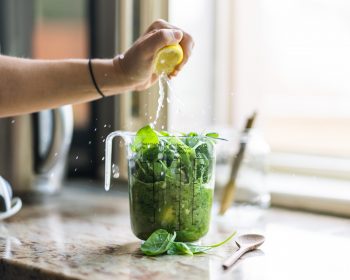
-
Lean Protein: High-quality protein sources like chicken, turkey, fish, and tofu are essential for muscle growth and repair, and can help keep you feeling full and satisfied during your feeding window.
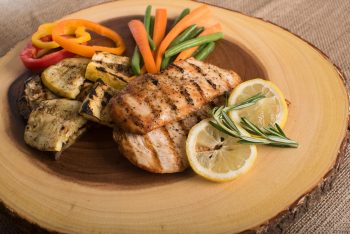
- Healthy Fats: Fats like avocado, olive oil, nuts, and seeds are an important part of any balanced diet, and can help keep you feeling full and satisfied.
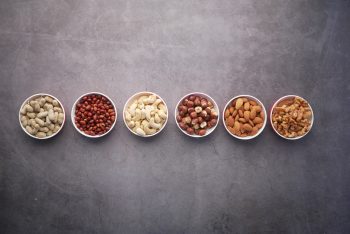
-
Low-Glycemic Fruits: Fruits like berries, apples, and citrus fruits are low in sugar and high in fiber, making them a great option for east intermittent fasting.
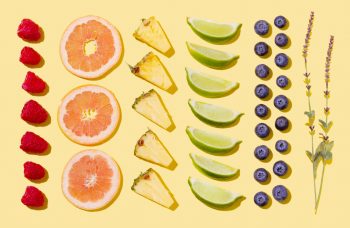
- Fermented Foods: Fermented foods like kimchi, sauerkraut, and kefir are packed with probiotics, which can help support gut health and boost immunity.
Intermittent fasting can be a great way to improve your health and achieve your weight loss goals. By following these 5 easy tips and stocking your fridge with nutrient-dense foods, you can make the most of this popular dietary approach. As always, it’s important to consult with a healthcare professional before making any significant changes to your diet or exercise routine.
ALSO SEE:
A guide on how to reverse the symptoms of PCOS, from a fellow cyster
Feature Image: Unsplash

